Rabbit Rhythms
April 2020 Newsletter

Rabbit Rhythms April 2020: Spring is here and so is the Easter bunny - or rather, a bunny baby boom during the Easter season! It is important to make sure these new hungry mouths are getting the proper nutrition. Should the primary part of a rabbit's diet be hay or pellets? We answer this question below.
Our featured breed this month is the Californian rabbit. These rabbits are very well rounded, bred for their coats, meat, show, and pets! Delve into the history of how these rabbits came about, as well as what makes them so special.
Are you tired of eating and breathing flies as you work in your barn? We have a solution for you that is better than using pesticides and harmful chemicals. Fly Predators are an all natural, biological way of maintaining the fly population without harming you or your animals.
With new kits comes many questions regarding rabbit health. A common question the arises is whether it is safe to keep the buck with the kits. Karen has an explanation below.
Featured Breed: Californian Rabbit
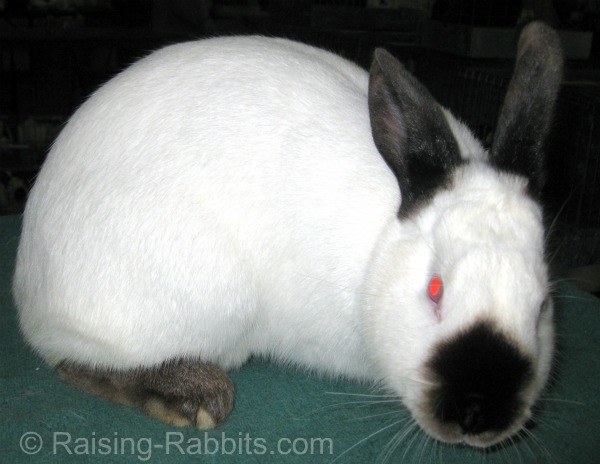
The Californian Rabbit was bred to be primarily a commercial meat rabbit. As well as having an ideal meat to bone ratio, the Californian was bred to have white fur in the areas of usable pelt, which was considered most desirable during the early 1900s.
The breed started out as a cross between Himalayan and Chinchilla rabbits, but was then bred with New Zealands in order to optimize their size. The original breeder, George West, gave specimens of his new breed to two additional breeders in Southern California, hence the name Californian rabbit. It was perfected and shown in 1928 and became an official breed in 1932. They have become one of the most popular meat rabbit breeds in the world, second only to New Zealand White rabbits.
Californian rabbits weigh from 8-11 pounds and are mostly white with dark Himalayan markings at the points. Their coat is not very soft, but what they lack in feeling they make up for in perfect personality. Californians are docile and mild-tempered, but they also tend to be playful and active, making them great family pets.
Rabbit Diet
It is a common misconception that the backbone of a rabbit’s diet should be grass hays.
This is the problem with that belief: Adult rabbits require a minimum of 12% protein in their feed to sustain life. (They will thrive on 16% protein.) But:
- Timothy hay is too low in protein - 8% - to support life by itself in the long term.
- Orchard hay is higher in protein - 10%-12% - but only the very best orchard hay can by itself support life
What grass hays do very well is provide fiber to the rabbit's diet. And ensuring enough fiber goes a long way toward preventing gastroenteritis and possibly death from an upset in the rabbit's microbiome, or gut bacteria.
Ensuring enough fiber also helps to prevent obesity in those rabbits that fail to self-regulate their feed intake.
Instead of grass hays, think of fresh commercial pelleted feed as the backbone of your rabbit's diet.
Fresh rabbit pellets are formulated to supply all the nutrients a rabbit will need to live and to reproduce.
You can add to those fresh pellets a handful of grass hay every day, along with a small amount of (non-sprayed) veggies of your choice, safe grass clippings out of your yard or garden, and/or a teaspoon or two of whole oats or black oil sunflower seeds per rabbit. Adding these additional dietary choices will help you save a bit of money on the pellets without compromising the rabbit's health from inadequate nutrition.
With the typical explosion of the rabbit population in springtime, the following links will help you with feeding all the cute new life bursting out of the nesting boxes:
- Our (long) list of Pet Safe Plants
- Feeding Rabbits - our main hub for all pages related to feeding rabbits
- Feed Your Rabbits With or Without Pellets - our E-Book helps you feed your rabbits your way.
Sherwood Pet Health Rabbit Feeds: the Best Karen Has Found...
Fly Predators
Let's face it: Some barns can be stinky; and stinky barns are typically swarming with flies. It can become nearly impossible to work in the barn without flies buzzing around, bothering you and your animals. Luckily, there is a solution even better than ugly fly strips and smelly fly traps.
Introducing Fly Predators: an all-natural, biological fly control solution that does not involve pesticides and poison!
Chances are, you already have some of these fly predators working behind the scenes in your barn. You've probably just never noticed them because they are tiny and nocturnal. They work as a parasite, feeding on immature fly cocoons by injecting their eggs into them.
When you release packets of fly predators into your barn, it takes a month or so to see real results. This is because fly predators target only fly cocoons. But once the hordes of adult flies die off, the fly population will dramatically dwindle to only a few flies. The best part is, these predators don't affect humans or animals at all so you can safely kill flies without harming you and your animals with nasty chemicals.
Tell Spalding the size of your barn and the length of your fly season. They'll send you fly predators every month for as long as the weather warrants it. It's wonderful!
Click here for more information on fly predators!
Your Rabbit Health Questions Answered
Males Eating Babies?
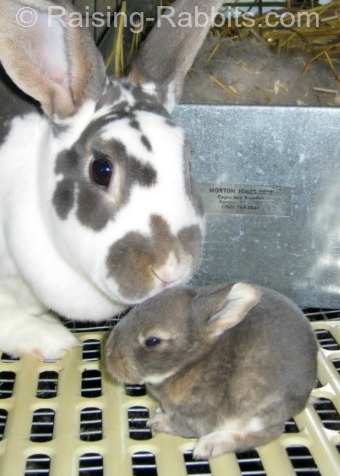
*****Meghan Wonders*****
Should I keep my male rabbit in with the kits? Are they in danger of being eaten if I keep him with them?
***** Karen Sez *****
The question is bound to come up during the springtime, especially among pet rabbit owners and regarding rabbits housed in colony settings. It is hard to cite a hard and fast rule about whether or not your buck will have a propensity to harm its offspring. The answer truly depends on the buck itself.
We heard from two different individuals recently, both with stories about their bucks which had opposite outcomes:
The first story was titled, "Male bunny saved his babies," and it was sent to us by "Anonymous." I loved this story so much, and wanted to share it with all of you:
“The only example I can give [about the buck staying with the doe and babies] is when I was a child. I might have been five
years old, maybe? I found a white male rabbit, then we got given a
female rabbit. Not even thinking, we put them together and the bunnies did what
bunnies do and soon enough we had about 4 kits.
“A couple days after their birth a cat killed the mother, so
we hand raised her babies. We knew pretty much nothing about rabbit behavior
as we never intended to have rabbits. We also left the male with his babies in
their massive enclosure made down an alley between the house and shed.
“One day a feral cat managed to get in; one baby bunny died.
After the feral had been dispatched with a hammer blow, I waited with the dead
bunny while my mom searched for the other missing three bunnies. I remember
looking at the big male still in the enclosure – we always just called him
‘white bun’ – and wondered how he could just lie there looking calm as the
feral cat had torn around him. Then suddenly his stomach was nudged
upwards, and out from under him hopped out all three babies!
“He had laid down on them like a mother hen and kept them
hidden and safe, not running and exposing them to the cat.
“I know White Bun was a special rabbit, so I don’t know how any other male rabbit would react, but ours was a very good bunny father.”
The second story was not nearly as sweet, but I should tell it to you so you will see the other side of the same question. This tale was titled, "Male and baby rabbits," and it was also submitted by an individual who called him/herself "Anonymous."
“Our sire kills his babies every time the mother has them unless we take him out of the coop when we start to see the mother building a nest out of her fur for her babies.”
You can read many more stories here: https://www.raising-rabbits.com/do-male-rabbits-kill-the-babies.html. Of the many individual stories on this page, these two outcomes are most frequent:
- Sometimes the buck is a great dad.
- Sometimes he brutalizes the babies.
Perhaps you can find some guidance for your own situation on the above-linked page.
What is the Rabbit Market?
Our Navigation Bar now has a tab called "Rabbit Market."
The Rabbit Market is how we help you engage in rabbit commerce - selling or buying rabbits!
The following links help to connect local breeders with local buyers. Plus, we provide free advertising for owners of pet rabbits who wish to sell their rabbit or bunnies.
- Rabbits for sale - How to advertise and/or find rabbits!
- Rabbit breeders - A list of local breeders near you!
- Classified ads - People wanting rabbits, and people selling rabbits
Find these pages by hovering over the "Rabbit Market" tab on our navigation bar.
Like this Rabbit Rhythms April 2020 Newsletter?
Maybe your friends would too...
- Forward this email to your friends!
- 'Like' us on any page of Raising-Rabbits.com
- Visit (and 'like' us) on Facebook as well...
https://www.facebook.com/RaisingRabbits
Your friends at Raising-Rabbits.com wish you a wonderful April 2020.
Enjoy your rabbits!
Double-Value Guarantee
Our policy is to always OVER-deliver
on value,
which is why your purchase is fully covered by our
Double-Value
Guarantee.
Go ahead - take any of our e-books for a test drive. Peruse our detailed informational and educational e-books. Examine our plans for building rabbit cages, runs, or metal or PVC hutch frames. Check out the Rabbit Husbandry info e-books.
If you aren't completely satisfied that your e-book purchase is worth at least double, triple or even quadruple the price you paid, just drop us a note within 45 days, and we'll refund you the entire cost. That's our Double-Value Guarantee.
Note: When you purchase your
e-books, they will be in PDF format, so you can download them to any device that
supports PDF format. We advise making a back-up copy to a drive or cloud
account. If the books are lost, you can also purchase another copy from Raising-Rabbits.
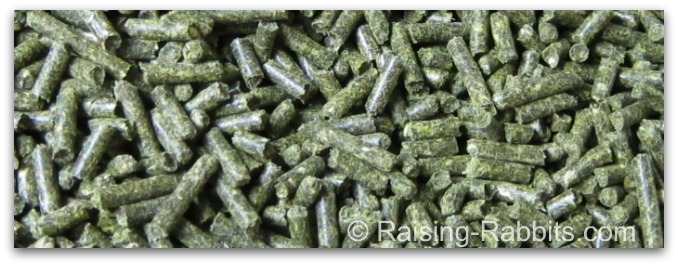
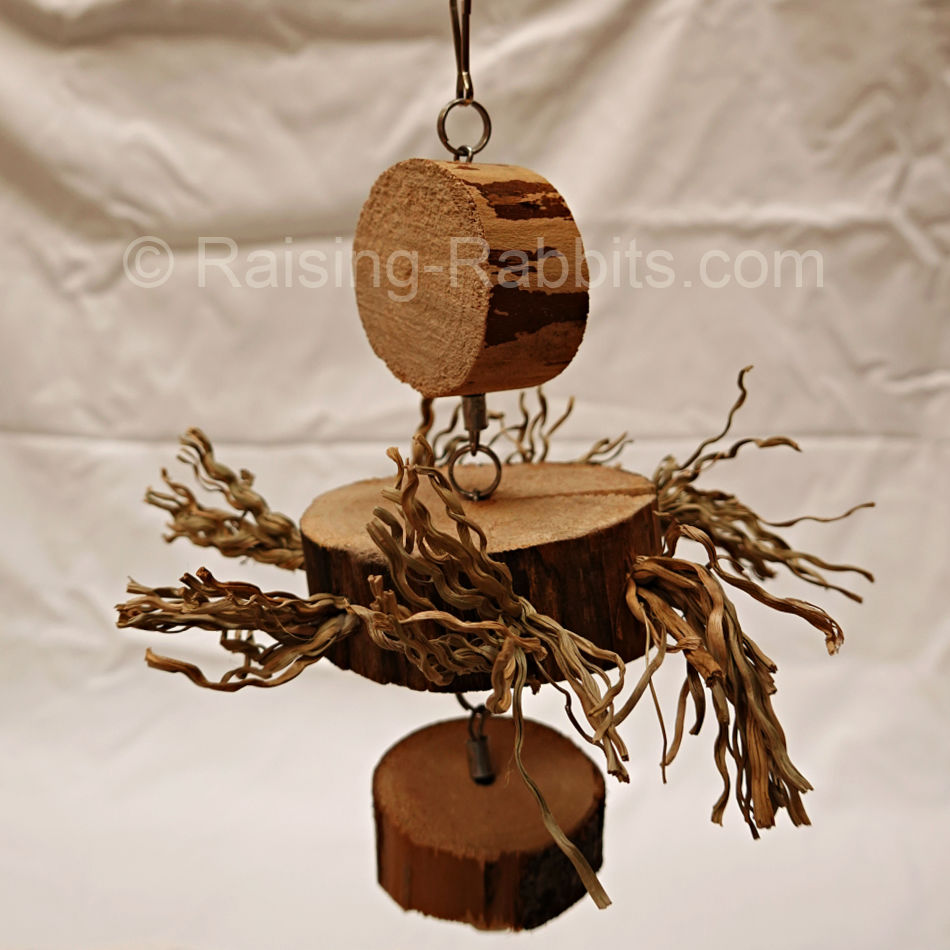
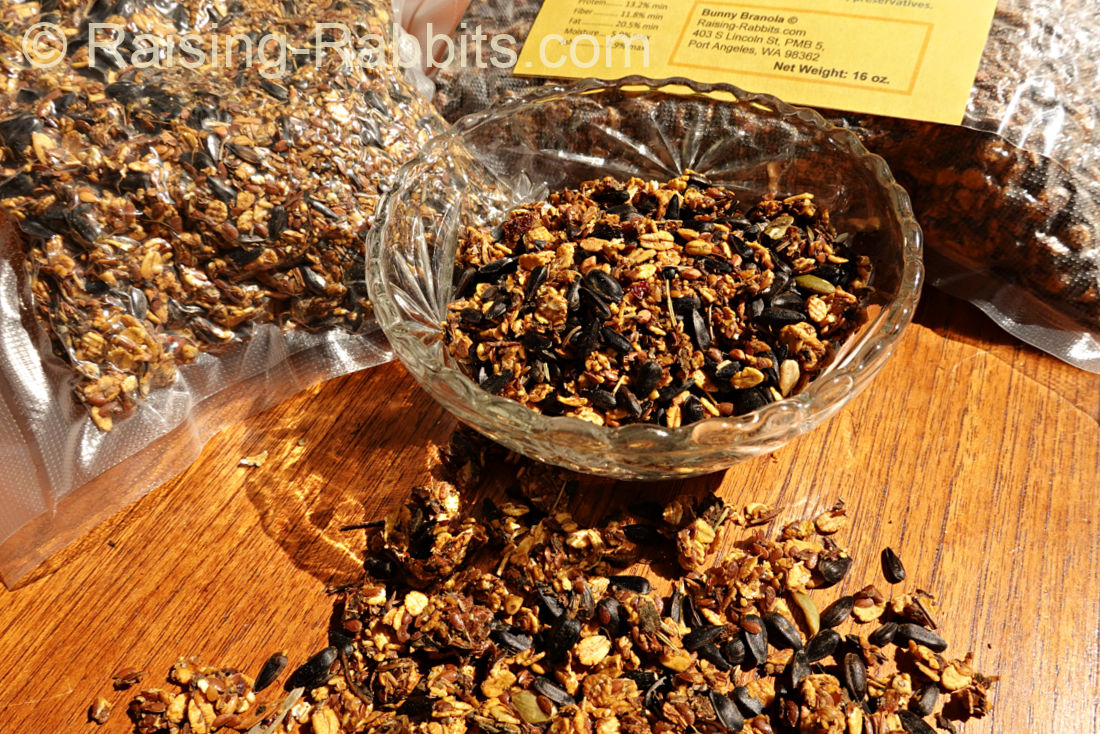
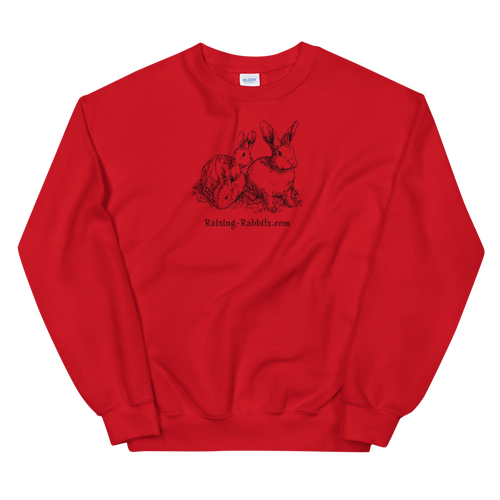

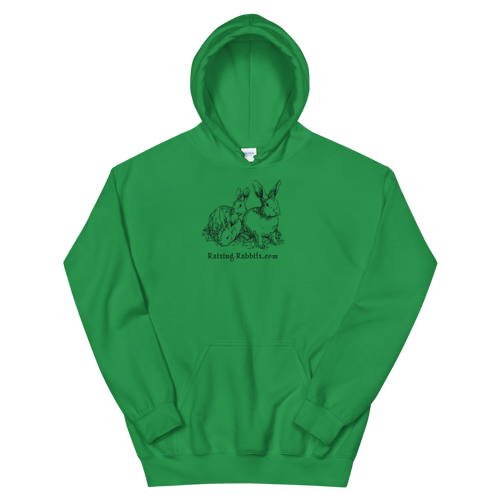



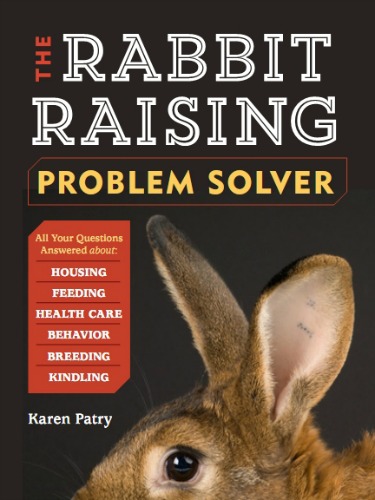

New! Comments
Have your say about what you just read! Leave me a comment in the box below.